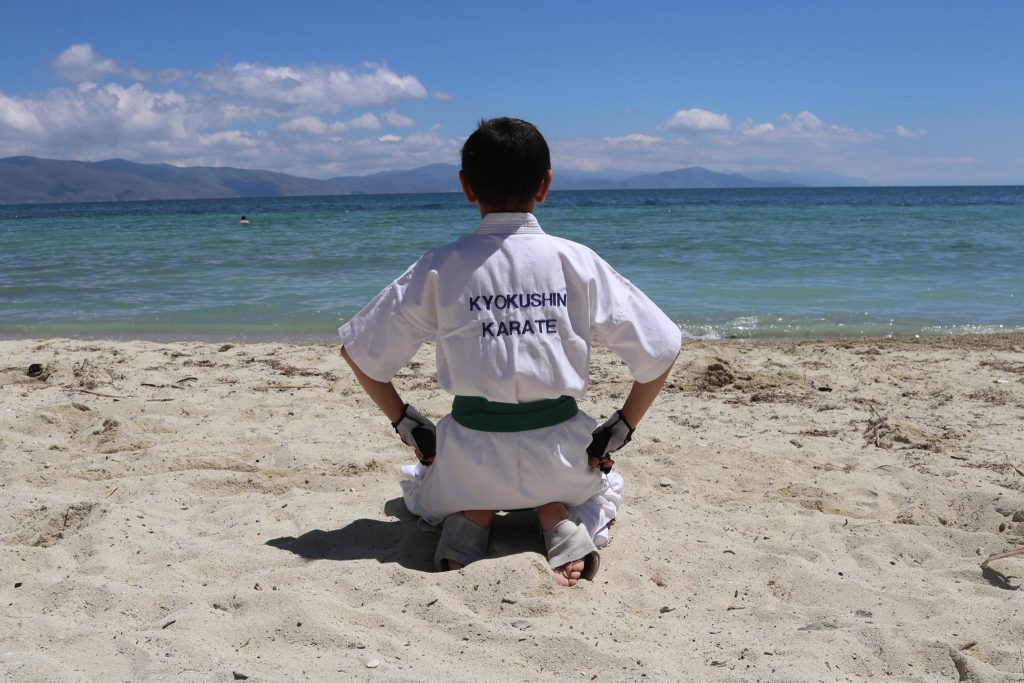In matters of karate kata, there are all sorts of purported explanations for what’s really going on. We’re confidentially told that what appears to be a simple step sideways is actually a clever foot sweep. Or an entry into a grappling position.
After we become trusted students, our teachers demonstrate that what looks like the mere clenching of a fist is actually an ingenious way of grabbing an opponent’s wrist and applying a devastating lock that will have him writhing on the ground.
The explanations invariably imply that kata’s “outer” movements are only the superficial crust of the karate pie. We’re told that the layer of apples, peaches, or cherries below the observable crust — the “inner” stuff of the pie — is the real taste of karate.
There’s a rich vocabulary to describe these secret meanings. Kakushite is one of them. Literally, it means “hidden hand.” Oyo Waza is another one. Waza, of course, is “technique.” The o means “to answer” or “to respond,” and yo is “to apply.” Thus, Oyo Waza applies a more resounding or more personal answer than might be found in the apparent meaning of the kata movements.

And we have ura waza, the “underneath” or “reverse” technique, as well as oku-den, or “inner teachings.”
With all these terms, it seems there’s at least a common notion that what one sees in the kata is not entirely what one gets — or can get if one has the proper instruction.
The idea of special techniques secreted within kata movements is not as simple as it seems, however. Some insist that the whole thing is just a relatively modern fabrication. This theory holds that many of the supposed kata secrets are not indigenous in Okinawan karate. While it may lead to extraordinary abilities, the art does not have special initiations or esoteric teachings. It is, goes the theory, just a matter of learning what’s there, what is plainly and taught.
There are, for example, no secret techniques in the art of juggling. Want to be able to juggle a dozen balls? Instruction is available and easy to find. You don’t have to be initiated. You have to be given that instruction — and practice until your arms fall off. It’s merely a matter of dedicated, concentrated effort on your part. So it is with the kata, according to this theory. Learn to effectively move your body, coordinate your responses, and maximize your power. There are no secrets. Just practice and build your experience.
Find the full article HERE.



